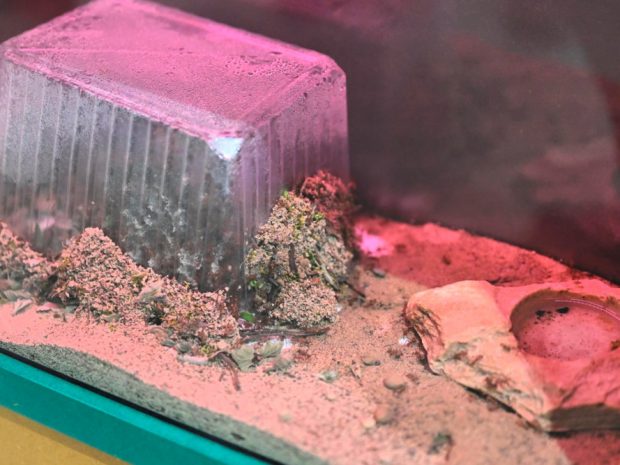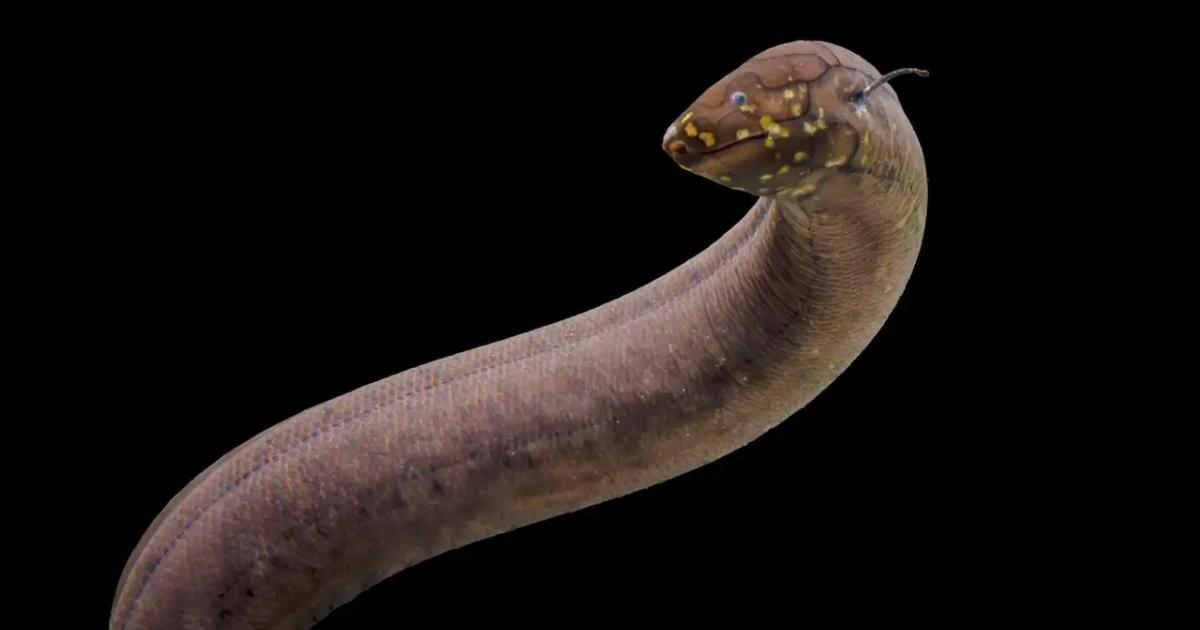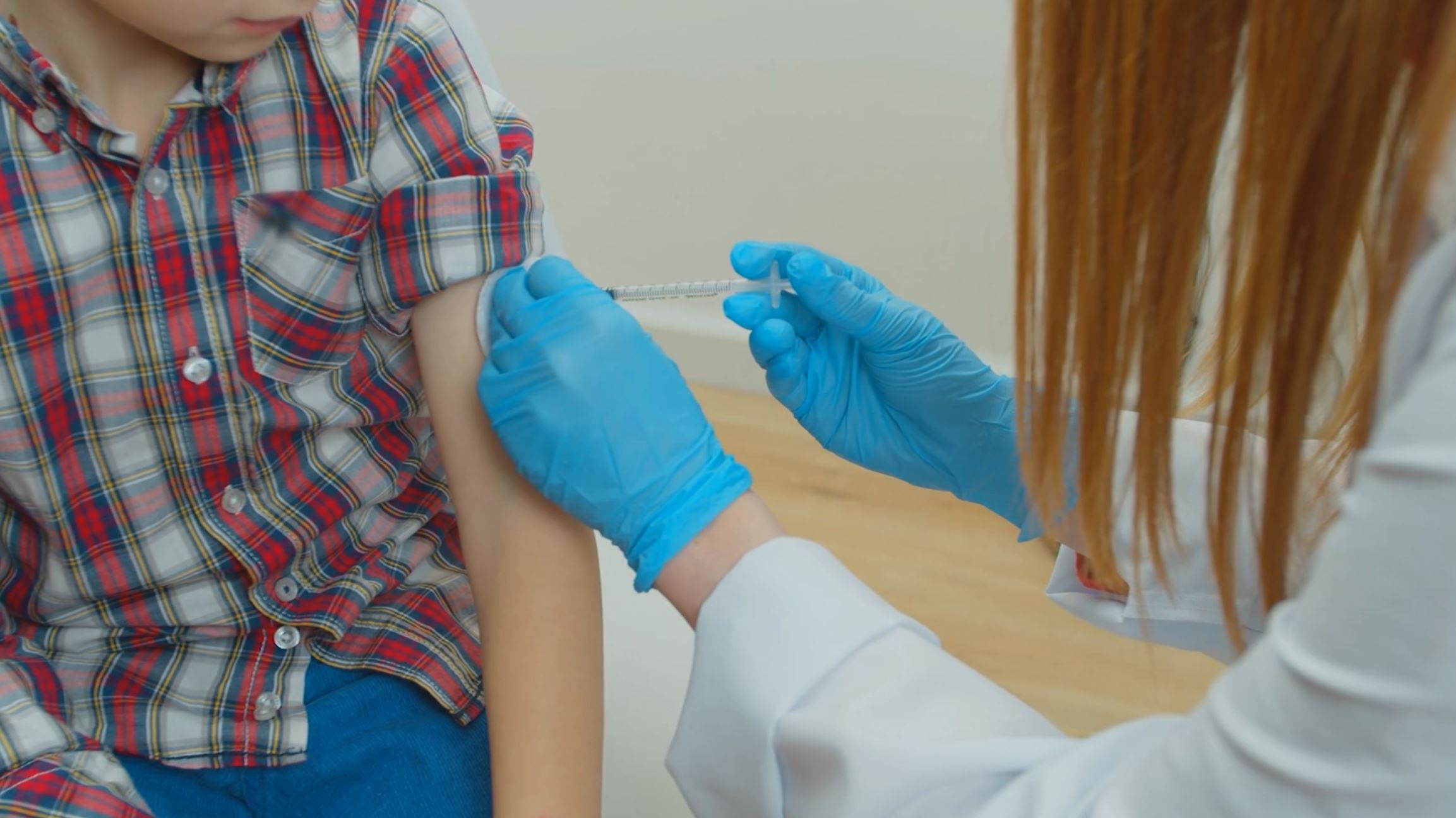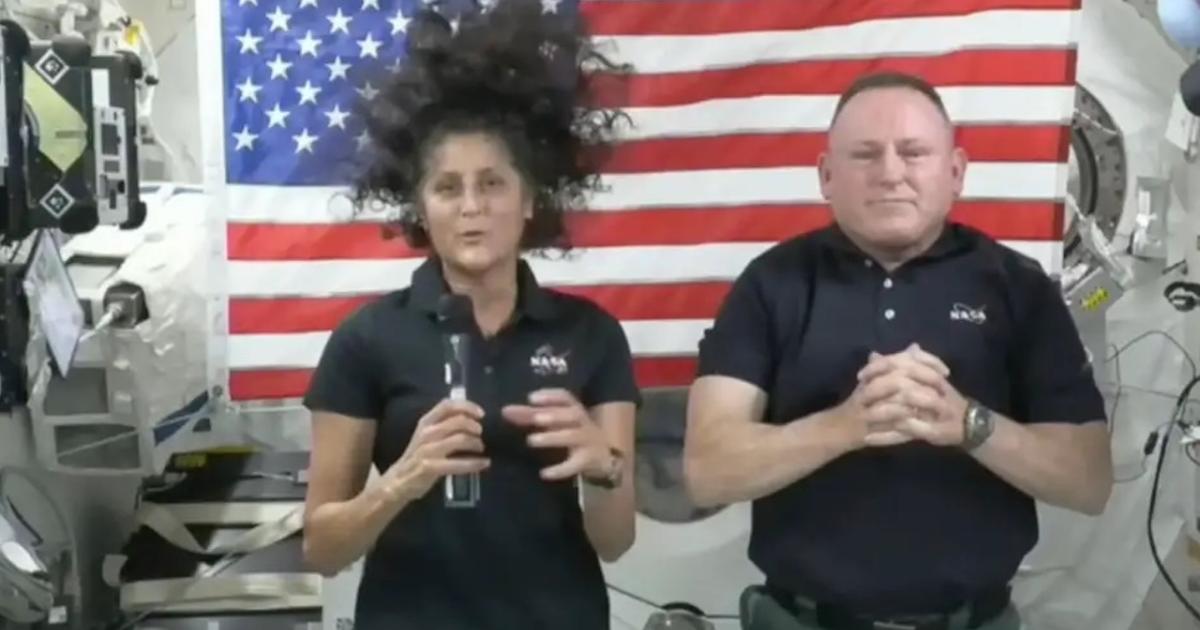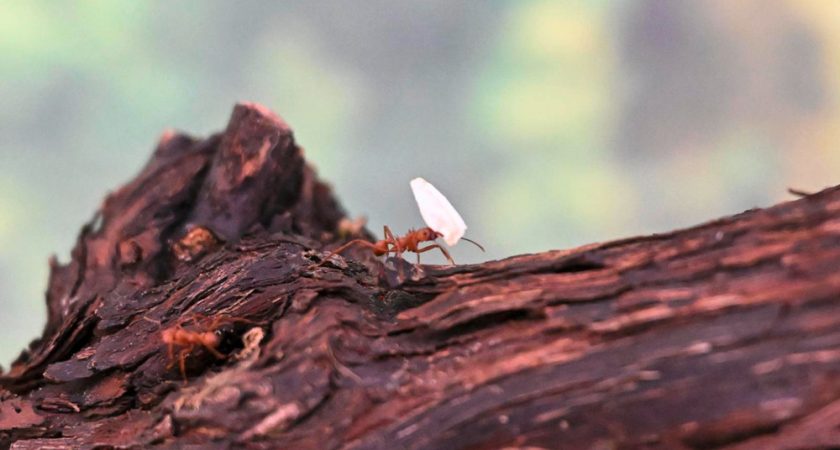
In recent weeks, a completely new station has been created at the Differdange Science Center: the anthill. This is home to nearly 500 ants from South America.
In a room somewhat further from the center than the main attractions of the Science Center is the science facility's newest station. This life-sized biology instrument reproduces the daily life of an ant colony very realistically. But not just any leaf cutters. Originally from South America, they were brought to Luxembourg to introduce visitors to the Science Center to the “remarkable” social system of these insects. To understand this, you must first follow the path of these ants. The starting point is the gathering and meeting point, food. Here, we find mainly plants and flowers. And here too, the ants, distributed in the first group, carefully cut off, with their jaws, the leaves and petals which they will then transport. “They can lift up to 30 or 50 times their own weight!” says Alexandra Grossbusch, a zoologist and science mediator.
After this journey of a few metres, they reached the second group of ants. These play a very different and special role. They are, in effect, collecting papers collected by their colleagues to transform them. “They will chew the leaves and incorporate the feces,” explains Alexandra Grossbosch. They then bring this “dough” to the mushrooms where it will be fermented. The essential journeys that allow the entire colony to be able to feed and survive. “All ants eat this fungus, but it is the queen and the larvae that particularly benefit from it, because they live in the same place. Workers can also eat the juice from the leaves,” explains the zoologist from the Science Center.
Pioneers of agriculture
In nature, ants carry out the same process, which Nicolas Didier, director of the Science Centre, described as innovative. “Normally, animals eat what they harvest. But here, there is a real transformation in agriculture. You should know that these ants did it long before humans. The tiny workers, whose length is between 4 and 8 millimeters, never stop. Alexandra Grossbosch explains: “ They work 24 hours a day, 7 days a week, but at night, it remains quieter.” During their journey, they also indicate the way to other ants with their sense of smell. “This is how they communicate so they can From arrival to harvest.” For the scientist and science center director, these insects remain fascinating, as is their social organization. “Ants live only for the community and for the queen.”
Today, the Differdange ant colony is home to nearly 500 insects. “We hope to have a few thousand in the coming months. The idea will then be for them to join another station and pass over the visitors’ heads,” smiles Nicolas Didier in front of the anthill.
How does an ant become a queen?
Each colony has one queen. When the latter die after 15 or 20 years of life, the colony stops. But more often it is replaced by something similar. “We don't really know why an ant becomes a queen. It is generally said that it is a secret of nature. You should know that the queen of each colony produces the next queen. Once a year, several males come to the colony. The one who carries the queen will be the one who “The fastest during the nuptial journey.” Once fertilized, the queen retains the sperm of the male – who then dies – for several years. She will be able, depending on needs, to produce workers.
What are the future plans for the scientific center?
The anthill has been installed for five months at the Differdange Science Center, and it's not the science center's only new project. It is expected to soon host an observatory on its roof. A laboratory for chemical, medical or biological analysis will also be established. Just like the new experimental stations with various themes: hydrogen fuel cell, pendulums, and the odds of winning the lottery. As a reminder, the Science Center receives 75,000 visitors every year, from Luxembourg and the greater region. It has about a hundred interactive stations.
